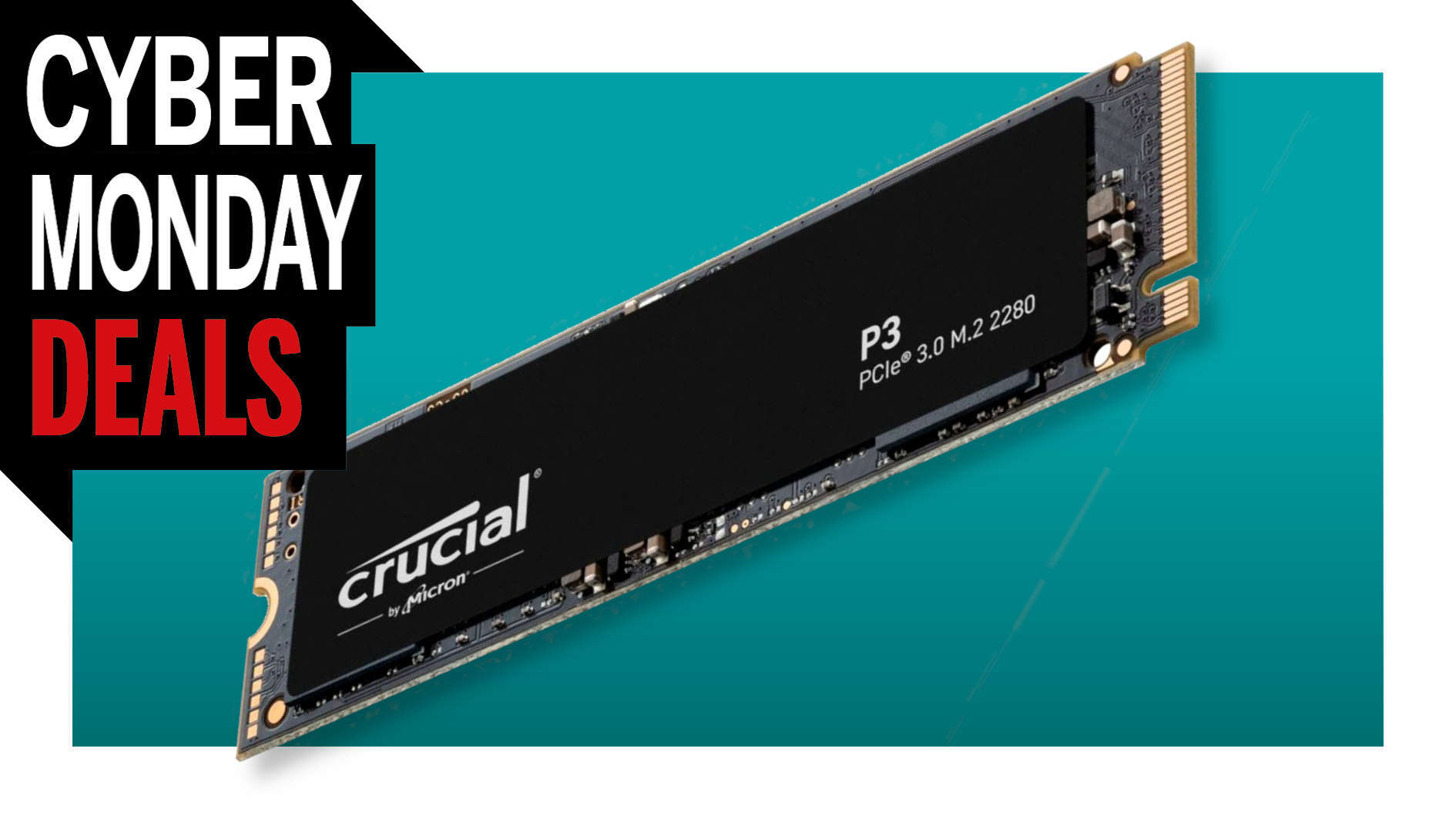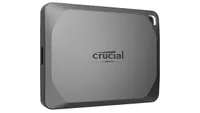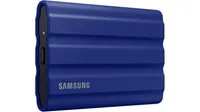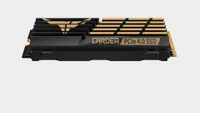The best thing I did this deals season was revive my old desktop with a cheap SSD
4TB might be nice, but 1TB gets the job done: and I don't have the money to burn anyway.

- Crucial X9 Pro Portable SSD| 1TB | USB-C |
$86.63$69.27 - Samsung T7 Shield | 1TB | USB 3.2 Gen2 |
$99.99$79.99 - Team T-FORCE CARDEA Z44L | 1TB |
$59.99$43.99
Every year I sit by the trackside and watch, like some forelock-tugging Matchstick boy, the great train of Cyber Monday PC gaming deals hurtling down the track: knowing that the majority are not, at this stage in life at least, anywhere near my budget. I have a decent laptop and a once-mighty, creaking desktop, but the bigger factor is just being a bit older and having kids which, yes, makes dropping a few thousand quid on a new RTX 4080 setup seem like some distant dream.
But this year circumstances intervened. I recently cleaned my old desktop, which had a 1TB hard disk drive, and something was never quite right afterwards. I could hear the old drive whining and clicking when I started the PC back up: my startup time went from a relatively snappy 10-15 seconds into the minutes, and my read /write speeds went through the floor. Maybe I was overzealous with the dried air, or clumsy when taking it apart, or maybe it was just an old component: but I'd basically screwed it.
For years now the wise souls on PCG's hardware team have been telling me to get an SSD. They said it's the biggest bang-for-your-buck improvement there is. What do these hardware experts know, I thought: until now. This deals season I set out to buy a decent external SSD purely to try and keep my desktop serviceable for another couple of years. The desktop's existing HD was 1TB, so I saw no reason to go above that (and I don't exactly play the latest Call of Duty on this thing), and given I have to Christmas budget for lots of Posca Pens and Rainbowcorns (don't ask) the cheaper the better.
The model I ended up choosing was a Crucial 1TB external drive, and I am here to say that for around $65 my desktop has risen, Lazarus-like, from what looked like an early grave. On receiving the drive it took me about 10 minutes to set things up and get cloning my old disk, which did take several hours because of the HD's borked write speed, but once that was done and my SSD was set as my main boot drive: we were off to the races. In fact I think my desktop's running better than it ever has.
I bow down to the PCG hardware team and admit that this has changed everything, and I should've done it much sooner. And my point is that, even if you don't have the big bucks to throw around on the latest fancy bits and pieces, an upgrade like this can make a truly substantial difference to an older machine's performance for not-much cash.
- We're curating all the best Cyber Monday PC gaming deals right here.
PCG's actual experts have you covered if you're thinking of going even bigger, like some of the cheap deals for a whopping great 4TB of storage, but here I've picked out a few of the lower-end storage options that won't break the bank but could make the kind of difference in performance I've seen. I went external for the convenience factor, but I've included one cheap internal SSD as well.
1. Crucial X9 Pro Portable SSD| 1TB | USB-C | 1,050MB/s read | 1,050MB/s write | $86.63 $69.27 at Amazon
The exact model of Crucial SSD I bought is now out of stock, but this seems basically identical. The read/write speeds are where you're going to be taking the hit here but, for my purposes, that was such a vast improvement anyway it hardly seems to matter. If it's simply about as much convenient storage for as little as possible, and for me it was, then this is where it's at. Also: it's incredibly dinky. Like, a slightly fatter credit card dinky.
2. Samsung T7 Shield | 1TB | USB 3.2 Gen2 | 1,050 MB/s read | 1,000 MB/s write | $99.99 $79.99 at Amazon
Samsung's external drives are rugged, fast, and what else could you possibly be looking for: a choice of colors? Well it has that too, a choice of three in fact. PCG's hardware team tells me Samsung's external SSDs have had a better recent history than their internal ones to boot, but that aside this is exactly the kind of thing I bought to revive my flagging desktop.
Price check: Newegg $99.30
3. Team T-FORCE CARDEA Z44L | 1TB | M.2 2280 | PCIe 4.0 | 3,500MB/s read | 3,000MB/s write | $59.99 $43.99 at Newegg (save $16)
The read/write speeds won't have our hardware team doing backflips but are perfectly serviceable, and this is a lot of storage for not much cash. For a PCIe 4.0 drive, the data rates also mean this SSD won't get too hot, so it's a good fit for laptops or smaller PCs.
Price check: $43.99 Walmart
Keep up to date with the most important stories and the best deals, as picked by the PC Gamer team.

Rich is a games journalist with 15 years' experience, beginning his career on Edge magazine before working for a wide range of outlets, including Ars Technica, Eurogamer, GamesRadar+, Gamespot, the Guardian, IGN, the New Statesman, Polygon, and Vice. He was the editor of Kotaku UK, the UK arm of Kotaku, for three years before joining PC Gamer. He is the author of a Brief History of Video Games, a full history of the medium, which the Midwest Book Review described as "[a] must-read for serious minded game historians and curious video game connoisseurs alike."




